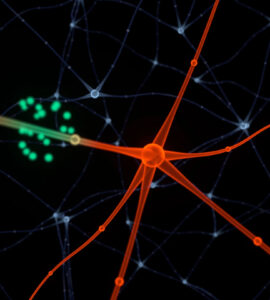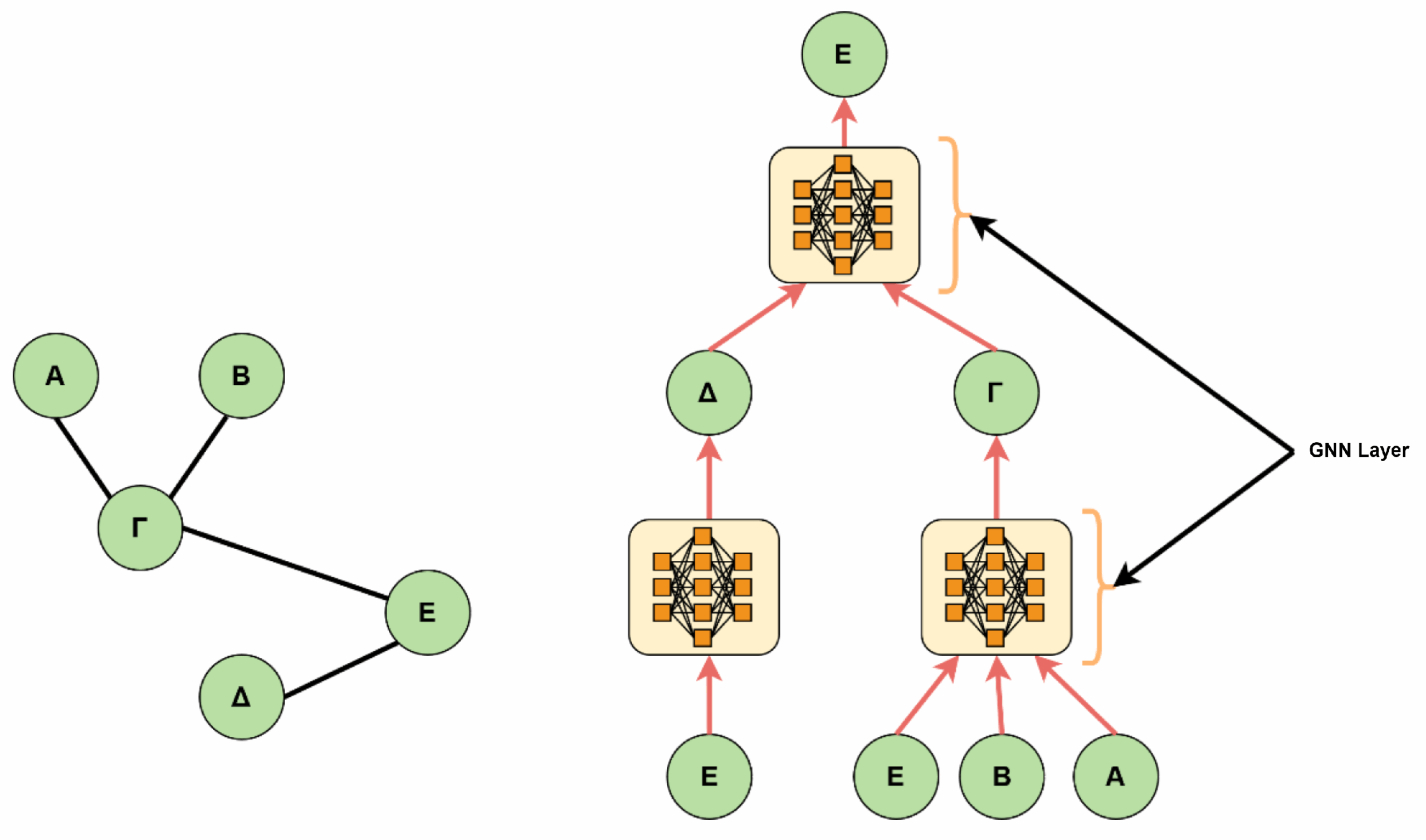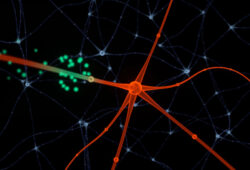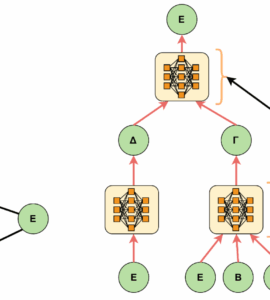
Graph Attention Networks: Applying the Attention Mechanism to Nodes in a Graph Structure
 Posted On
Posted On
In a bustling city, every street corner hums with stories. People exchange glances, share words, or pass unnoticed each interaction shaping the city’s collective rhythm. Imagine if we could capture this energy, quantify every connection, and understand which interactions matter most. This is the world of Graph Attention Networks (GATs) a framework that treats data like a living city, where nodes (people) and edges (relationships) communicate intelligently. GATs bring the power of attention borrowed from the successes of Transformer models into this web of relationships, teaching machines to focus on the most relevant parts of a network.
From Simple Connections to Intelligent Conversations
Traditional graph neural networks (GNNs) were like eager students who took notes from all their neighbours equally. Whether the neighbouring nodes were relevant or not, every piece of information had the same weight. The result? A bland, average understanding of the graph.
Then came GATs a shift from uniform attention to selective listening. Instead of treating every node equally, GATs learn to assign attention scores, deciding which neighbours are worth paying more heed to. Think of it as a meeting room where not everyone’s opinion carries the same importance. GATs let each node act like a participant that knows when to lean in and when to stay quiet.
This capability has made GATs a favourite in research labs and advanced analytics programmes such as those offered in a Data Science course in Delhi, where students learn to model relationships beyond mere linear data patterns.
The Heart of Attention: How GATs Listen
To grasp the inner magic of GATs, picture a social network. Each user (node) is connected to friends (edges), but not every friend influences their decisions equally. A close friend’s recommendation holds more weight than a distant acquaintance’s comment.
In a GAT, this hierarchy is mathematically expressed through attention coefficients values that determine how much importance one node gives to another. The model uses these coefficients to blend information, prioritising the most meaningful signals while suppressing noise.
Unlike earlier models that depended on knowing the whole graph structure, GATs are flexible. They can work even when connections change dynamically perfect for social networks, protein interactions, or recommendation systems. With multi-head attention, GATs don’t just rely on one viewpoint; they listen through multiple lenses, ensuring a richer, multidimensional understanding of relationships.
Why Attention Matters: Lessons from Human Perception
Attention is a limited resource, whether in human cognition or machine learning. Just as our brains filter distractions to focus on relevant stimuli, GATs refine the deluge of data by concentrating on influential nodes. This process mirrors how a journalist prioritises sources or a doctor focuses on key symptoms while ignoring the irrelevant.
Imagine applying this mechanism to a network of scientific papers. Instead of reading every citation equally, a GAT would quickly identify which papers truly influence a field. In the same spirit, students in a Data Science course in Delhi discover how such mechanisms reduce computational complexity while improving model interpretability. They learn that selective attention doesn’t mean ignorance it means mastery through focus.
Applications: The Many Cities Built on GATs
The potential of GATs extends far beyond academic curiosity. In social media analysis, they can detect influence patterns or predict user interests by identifying which interactions carry the most weight. In molecular biology, GATs uncover how specific atoms interact more strongly in a molecule, accelerating drug discovery. In recommendation systems, they help algorithms understand that some customer-product relationships are more significant than others.
Even in cybersecurity, GATs can identify anomalous network activity by focusing on nodes behaving differently within a communication graph. The attention mechanism thus becomes a compass, guiding models through the dense forest of data, helping them find the hidden patterns that genuinely matter.
Challenges: Balancing Power with Complexity
However, the elegance of GATs doesn’t come without challenges. The computation of attention scores for each edge can become expensive in large networks, demanding efficient approximations. Additionally, while attention makes models more interpretable, it also introduces additional parameters that must be carefully tuned.
Researchers are working on lightweight variants that scale better and handle sparse graphs efficiently. Hybrid models now combine the strengths of convolutional and attention-based approaches, achieving the best of both worlds. The journey, much like understanding a complex city map, requires persistence, creativity, and continual refinement.
The Road Ahead: From Connection to Comprehension
GATs represent a profound evolution in how we think about relationships within data. They don’t just map who is connected to whom they teach machines to understand why those connections matter. By integrating attention into graph structures, GATs push the frontier of interpretability, adaptability, and intelligence in networked systems.
As industries move towards connected ecosystems such as smart cities, IoT networks, or financial fraud webs the ability to highlight the right signals amid noise becomes crucial. Graph Attention Networks, with their intelligent prioritisation, are poised to become the backbone of these systems.
In the end, GATs remind us that intelligence whether human or artificial isn’t about absorbing everything, but about focusing on what truly counts. The future of data-driven decision-making lies not in collecting more information, but in paying attention to the right parts of the story.






